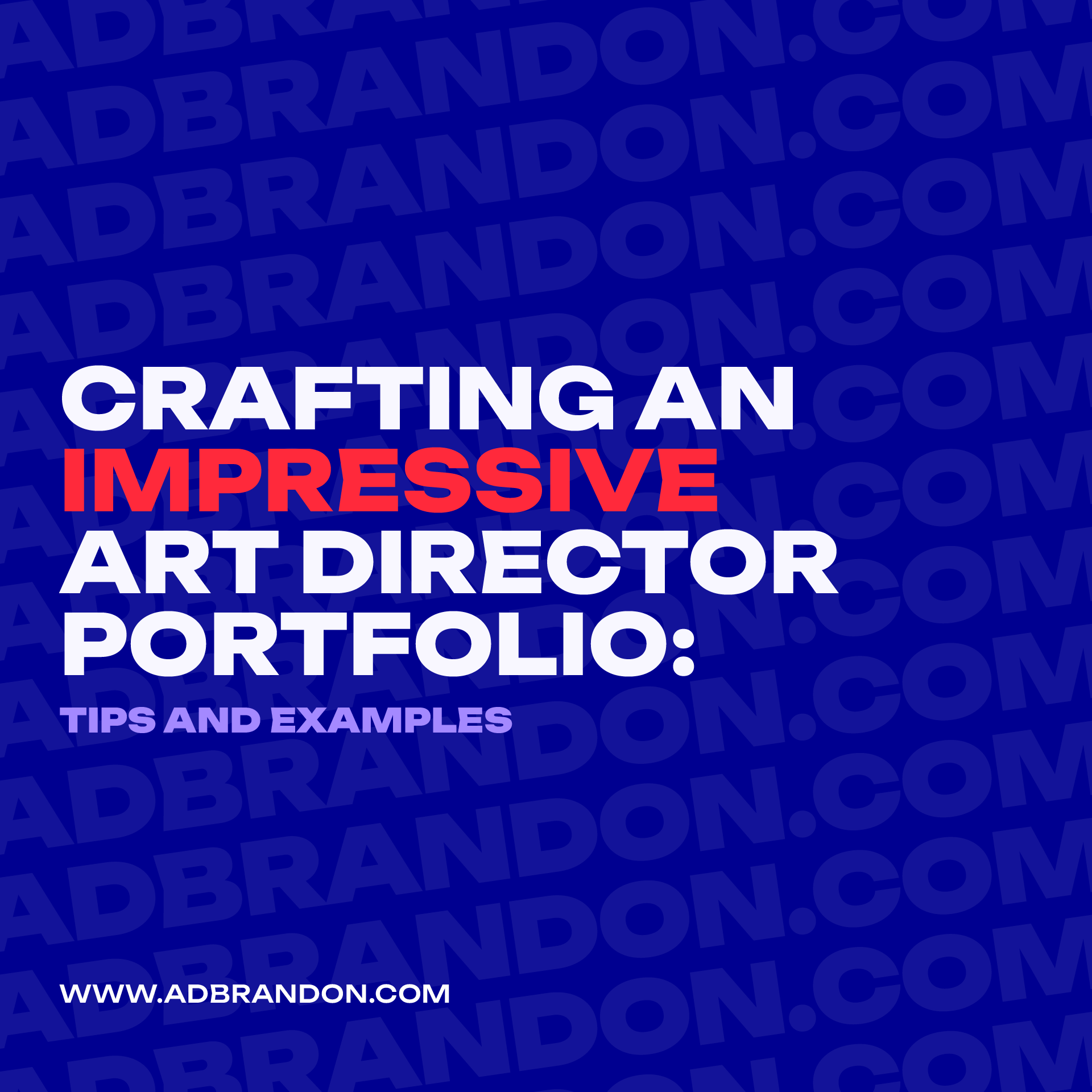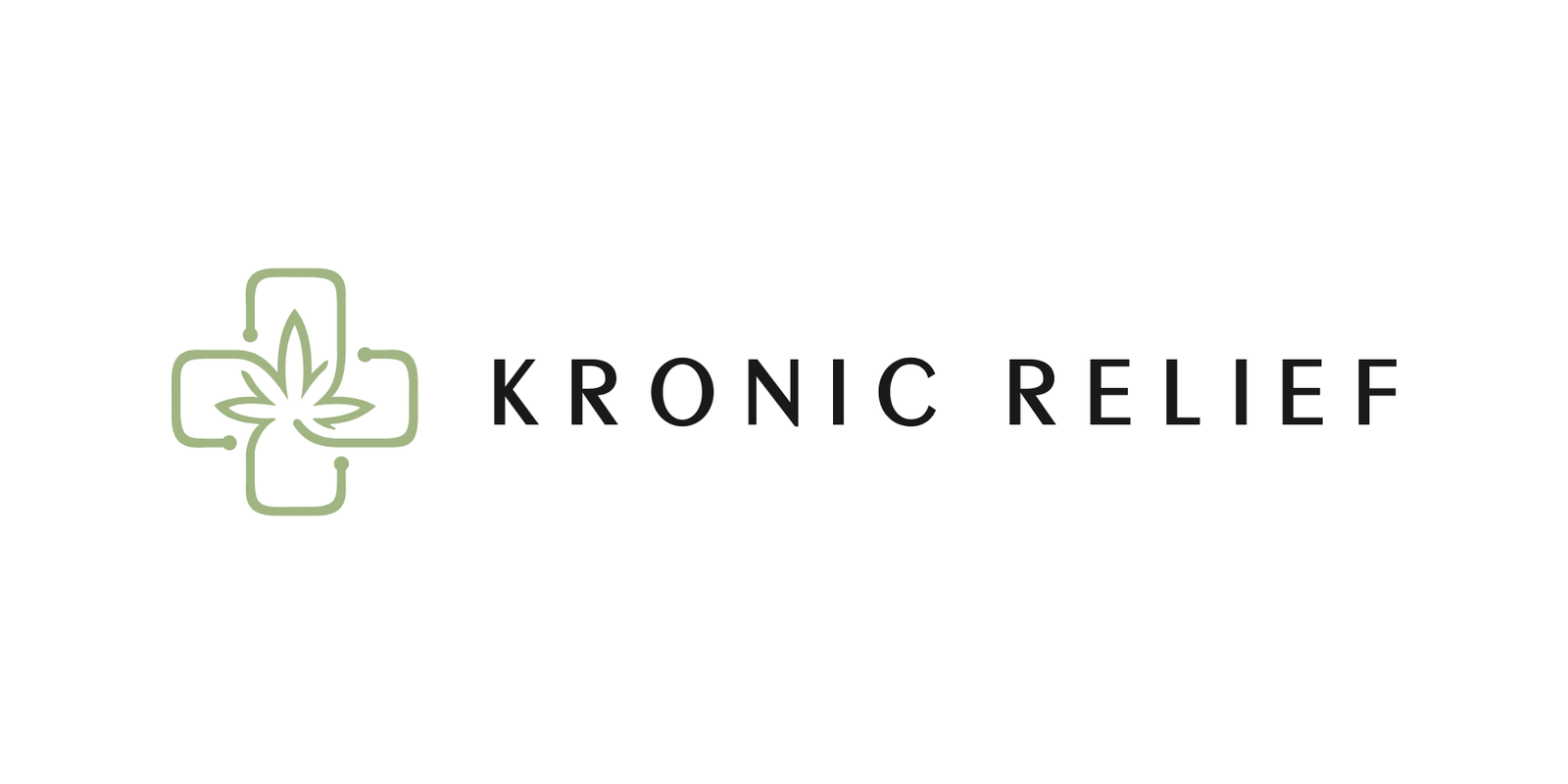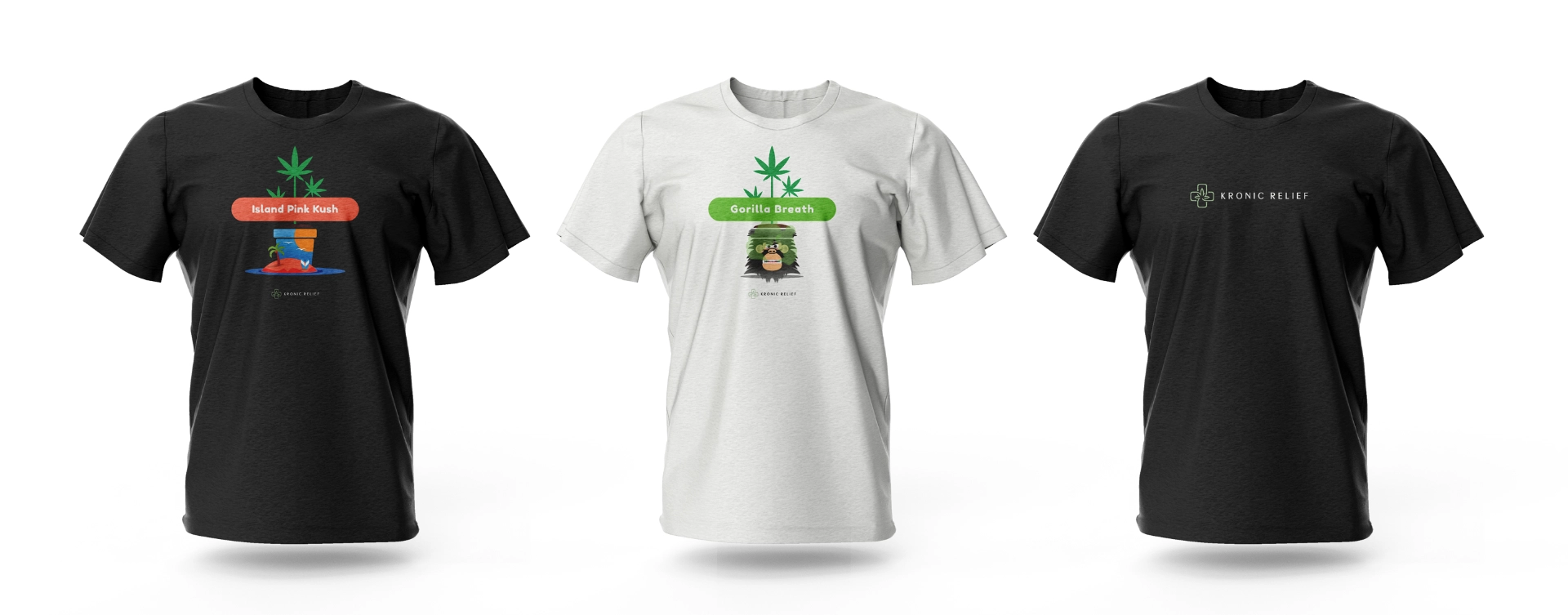Crafting an Impressive Art Director Portfolio:
Tips and Examples
When it comes to showcasing your skills as an art director, your portfolio is your calling card. It’s your chance to make a lasting impression on potential clients and employers. In this article, we’ll explore some valuable tips on how to craft an impressive art director portfolio, with real-life examples to inspire you.
Selecting Your Best Work
To create an impressive art director portfolio, the first step is to carefully curate your best work. As a solo designer, I understand the importance of showcasing only the projects that truly reflect my skills and style. Start by reviewing your body of work and selecting pieces that demonstrate your versatility, creativity, and ability to meet different client needs.
Look for projects that highlight various aspects of your art direction capabilities, such as branding, advertising, web design, and print materials. Remember that quality always trumps quantity, so focus on showcasing a select few projects that truly shine.
When choosing which projects to include, consider the impact they had on your clients and their businesses. Highlight projects where your art direction led to measurable results, such as increased brand recognition, engagement, or revenue.
Crafting Compelling Project Descriptions
Once you’ve chosen your best work, it’s essential to craft compelling project descriptions that provide context and tell a story. As a solo designer, I take the time to write detailed and engaging descriptions for each portfolio piece.
Start by explaining the client’s goals and challenges, and how your art direction played a pivotal role in addressing these issues. Use storytelling techniques to bring each project to life, highlighting the unique creative solutions you implemented.
Don’t forget to include key metrics or outcomes that demonstrate the success of each project. Whether it’s a percentage increase in website traffic, a boost in social media engagement, or an award won, these quantifiable results add credibility to your portfolio.
Using Visuals Effectively
Visual presentation is crucial in an art director’s portfolio. As a solo designer, I pay close attention to how I showcase my work visually. Ensure that your portfolio website is visually appealing, easy to navigate, and optimized for both desktop and mobile devices.
Use high-quality images and graphics to showcase your projects. Each image should be crisp, well-composed, and highlight the key elements of the project. Be sure to include captions or labels to provide context.
Organize your portfolio logically, grouping similar projects together or creating categories that make it easy for visitors to explore your work. Consider incorporating interactive elements, such as sliders or before-and-after images, to engage your audience.
Showcasing Real Case Studies
One of the most effective ways to demonstrate your art direction skills is by showcasing real case studies. As a solo designer, I believe in providing in-depth insights into my projects to showcase the entire creative process.
For each case study, start with an overview of the client’s background and objectives. Then, delve into the creative concepts and strategies you developed, explaining how they addressed the client’s needs.
Share the challenges you faced during the project and how you overcame them. Highlight the collaboration between you and your client, emphasizing your ability to work closely with stakeholders to achieve exceptional results.
Conclude each case study with tangible outcomes and results. Whether it’s increased brand awareness, higher conversion rates, or industry awards, quantifiable achievements reinforce your credibility as an art director.
Example Case Study
Kronic Relief Inc.
For those seeking inspiration, I invite you to explore my journey with Kronic Relief showcased in my portfolio. Within this venture, I spearheaded the conceptualization of their brand identity and devised a comprehensive marketing plan. The results were truly noteworthy, with an impressive $3 million in sales achieved for the year 2022. Furthermore, our efforts significantly bolstered brand recognition, ultimately culminating in pivotal collaborations with industry giants such as Indiva and Tilray. Additionally, the pitch decks I crafted played an instrumental role in securing investments totaling over $7.5 million.
An Art Director’s Blog
Explore more of my articles.
Q1: Why is an art director portfolio important?
A1: Your art director portfolio is your visual resume and a key tool for showcasing your skills and expertise in the field. It’s crucial for making a strong impression on potential clients and employers. It allows you to demonstrate your creative abilities, problem-solving skills, and the impact of your work.
Q2: How do I choose which projects to include in my portfolio?
A2: Selecting the right projects is essential. As a solo designer, focus on showcasing projects that best represent your skills and style. Look for a variety of projects that highlight your versatility and ability to meet different client needs. Quality should always take precedence over quantity.
Q3: What should I consider when crafting project descriptions?
A3: Crafting compelling project descriptions is crucial. Start by explaining the client’s goals and challenges, and how your art direction played a pivotal role in addressing these issues. Use storytelling techniques to engage your audience, and don’t forget to include key metrics or outcomes that demonstrate the success of each project.
Q4: How can I use visuals effectively in my portfolio?
A4: Visual presentation is key. Ensure that your portfolio website is visually appealing, easy to navigate, and optimized for all devices. Use high-quality images and graphics that highlight the key elements of each project. Consider organizing your portfolio logically and incorporating interactive elements for engagement.
Q5: Why are real case studies important in an art director portfolio?
A5: Real case studies provide in-depth insights into your creative process and problem-solving abilities. They showcase your ability to collaborate with clients and stakeholders effectively. Including case studies allows potential clients and employers to see the tangible impact of your work through quantifiable results.
Q6: Can you provide an example of a real case study from your portfolio?
A6: Certainly! You can find an example of a real case study from my portfolio in the project I did for Kronic Relief. This case study demonstrates how I transformed their brand identity and achieved remarkable results. Link to Case Study
Q7: Is it necessary to update my portfolio regularly?
A7: Yes, it’s a good practice to update your portfolio regularly. As your skills evolve and you work on new projects, you’ll want to showcase your most recent and relevant work. An updated portfolio demonstrates your commitment to staying current in the field.
Q8: How can I make my art director portfolio stand out in a competitive field?
A8: To stand out, focus on quality over quantity, craft compelling project descriptions, use visuals effectively, and include real case studies with quantifiable outcomes. Highlight what sets you apart as a unique art director with a distinctive style and approach.
Q9: What’s the key takeaway from this article?
A9: The key takeaway is that your art director portfolio is a powerful tool for making a lasting impression on potential clients and employers. By carefully curating your best work, crafting compelling project descriptions, using visuals effectively, and showcasing real case studies, you can create an impressive portfolio that sets you apart in the competitive world of art direction.





